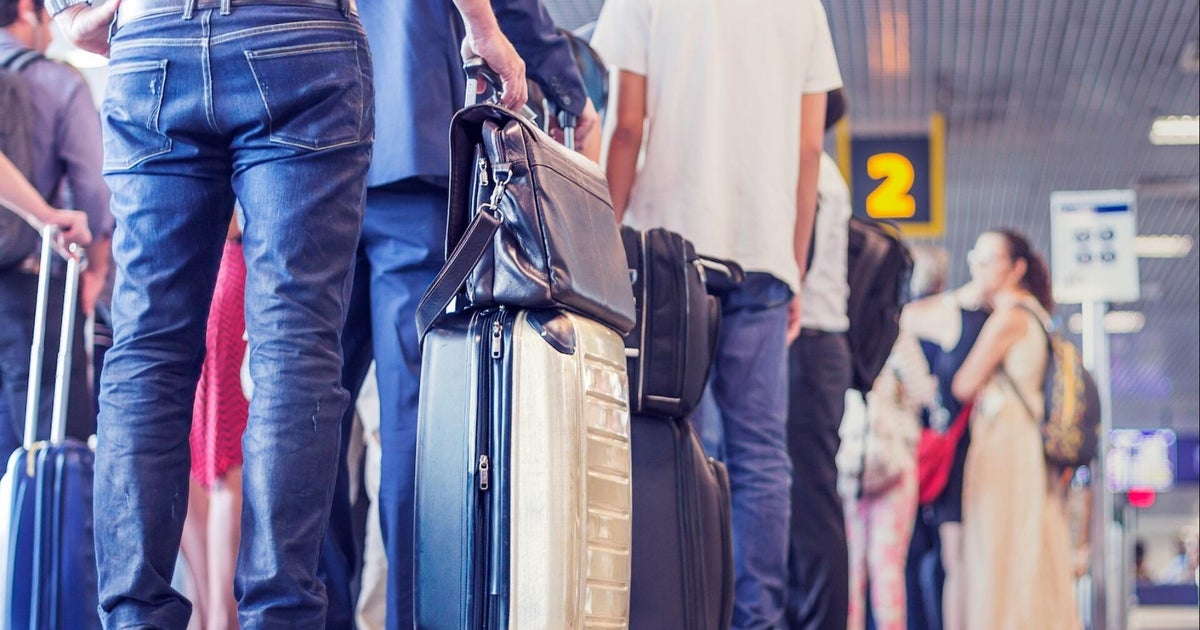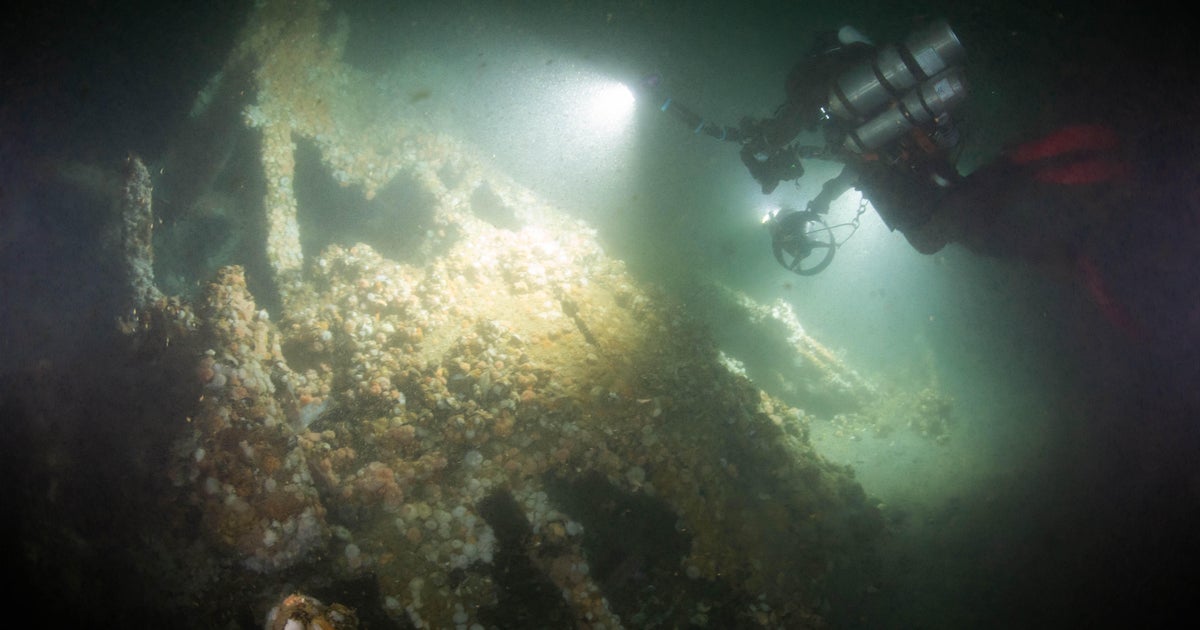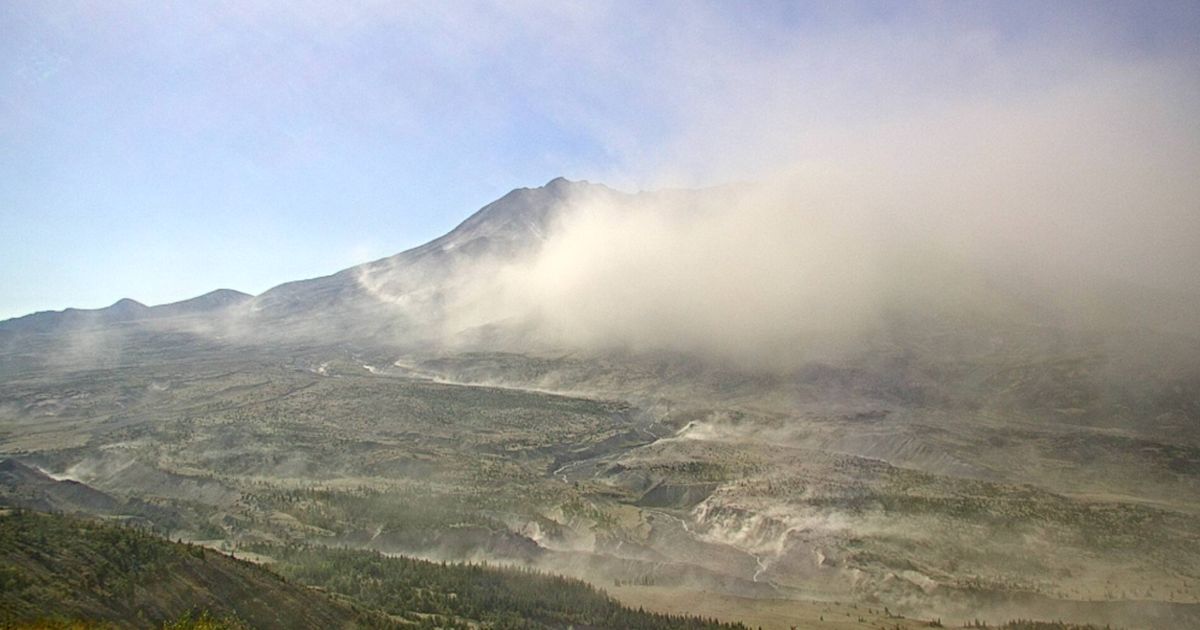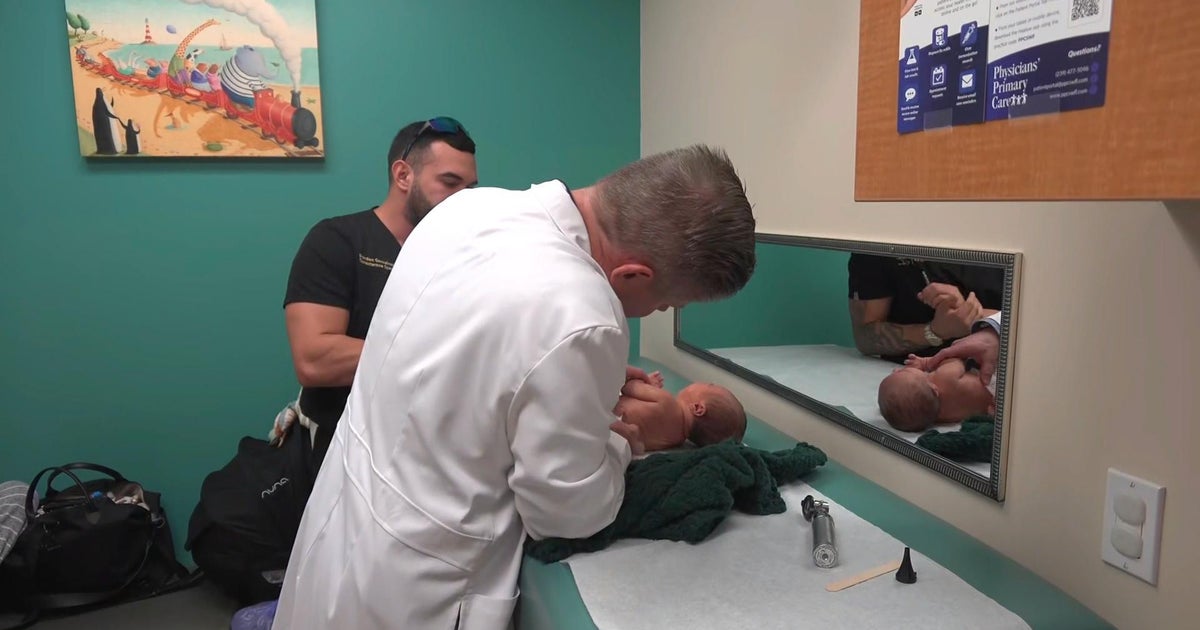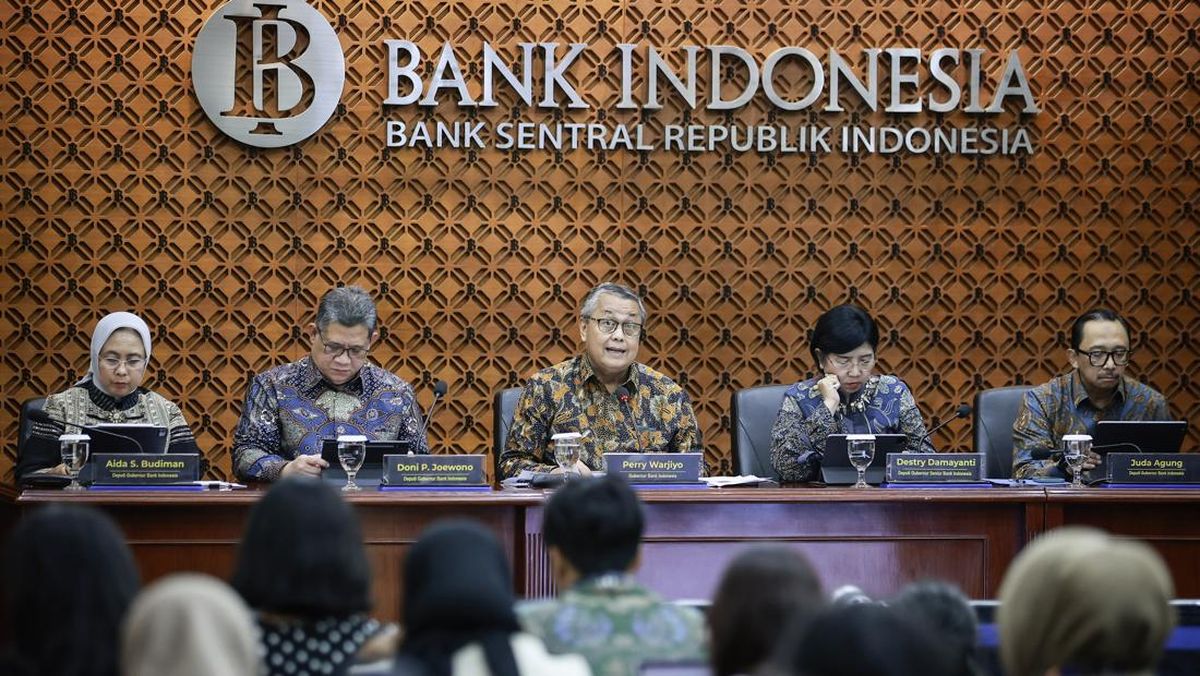Australia’s love of big four-wheel-drives and the growing sales of electric cars are increasing plastic pollution as the nation’s tyres grow larger, wear out faster and, given their synthetic rubber content, shed more microplastics into the environment.
Tyres shed about 16 per cent of their weight in their lifetime through wear on the road, and a new report from Tyre Stewardship Australia estimates this causes 100,000 tonnes of tyre rubber fragments to be released into the environment annually.

Councils have managed to shrink huge tyre dumps like this former site at Numurkah in Victoria due to regulatory reforms, but we are using more tyres than ever.
“This tyre wear represents approximately 44 per cent of microplastic pollution reaching the oceans worldwide, with heavier vehicles generating proportionally more particles through increased friction and pressure on road surfaces,” chief executive Lina Goodman said.
“We’re driving heavier vehicles further and more often – and that comes at a cost. The more tyres we consume, the more we wear into waterways, roadsides and airways. This is a hidden pollution problem that’s growing fast.”
In 2023–24 SUVs outsold smaller passenger cars by a factor of three to one in Australia.
SUVs have larger tyres than sedans, while the batteries of electric cars make them heavier than internal combustion engine vehicles of a similar size, causing their tyres to wear out faster and shed more particles onto the road and into the atmosphere.

Dumped tyres are also a fire risk and provide breeding grounds for mosquitos.
The greater torque compounds the problem said Rob Kelman, chief executive of the Australian Tyre Recycling Association. Because EVs are so much faster at take-off than other cars, they leave more rubber on the road.
Kelman said new recycling technologies were already alleviating the problem, with a portion of tyres shipped from Australia to India now being broken down into microparticles to be incorporated into new tyres, or used in cement.
Tyre Stewardship Australia, a non-profit organisation run by the tyre industry, said the growth in EV and SUV sales added thousands of tonnes more weight onto millions of tyres each year.
“Every time a consumer chooses a large or electric vehicle, they’re essentially choosing heavier tyres,” Goodman said. “With 20 million passenger tyres consumed annually, even small increases in individual tyre weight create massive system-wide impacts.”

Australians used more than 740,000 tonnes of tyres in 2023-24.Credit: Tony Moore
In addition to heavier tyres becoming more prevalent, the overall consumption of passenger tyres rose with Australia’s population, from 645,000 tonnes of tyres consumed in 2019-20 to about 740,000 tonnes in 2023-24.
Motorists and industry generated 537,000 tonnes of used tyres, including 190,000 tonnes of passenger tyres, 192,000 tonnes of truck and bus tyres, and 155,000 tonnes of off-road, including heavy machinery, tyres.
While most passenger tyres are recycled, the exception is large tyres used in agricultural and mining sectors. Mining tyres can be as large as five tonnes, and the Tyre Stewardship Council says disposal on mining sites is practically free due to exemptions from landfilling requirements and levies that apply to every other sector.
Because of this, and the remoteness of mining sites and inadequate recycling facilities, an estimated 92 per cent of “off-the-road” tyres are buried into pits at mining sites.
West Australian-based CTS Tyre Recycling managing director Leigh Cometti said recycling initiatives to reuse those large tyres had only been in place for the past three or so years.
CTS Tyre Recycling has been accepting mining tyres for recycling for the past two years, recycling the steel and creating “crumbs” that are used in underflooring, playgrounds and as an addition to bitumen in roads.
There had historically been no imperative for mining companies to recycle industrial tyres, Cometti said, but there was now mounting pressure on the sector to ensure rubber and steel from tyres was recycled.
Loading
CTS Recycling is part of the Waste and Recycling Industry Association of WA, which recently called for a statewide ban on the landfill disposal of tyres in the mining industry.
“Largely, consumers with car tyres have been doing the right thing, and have been for quite some time, and there’s opportunities for that to continue to improve,” Cometti said.
“But with those larger tyres, the fact is, the capability in processing facilities and infrastructure hasn’t been available in a sizeable or scalable way to do anything about those tyres.
“That momentum for change is here now.”
Most Viewed in National
Loading


